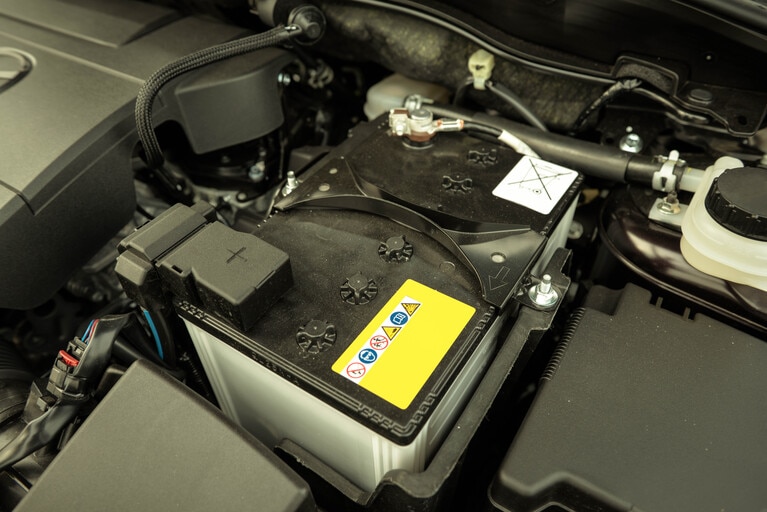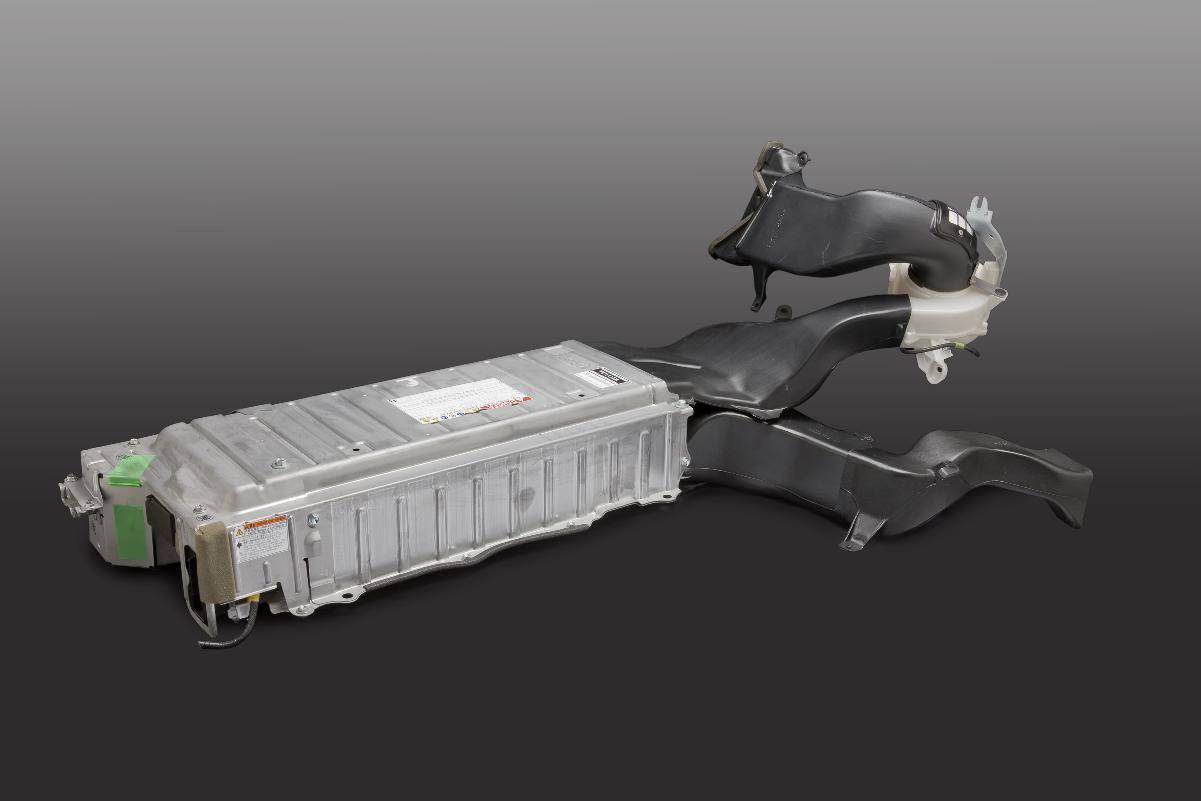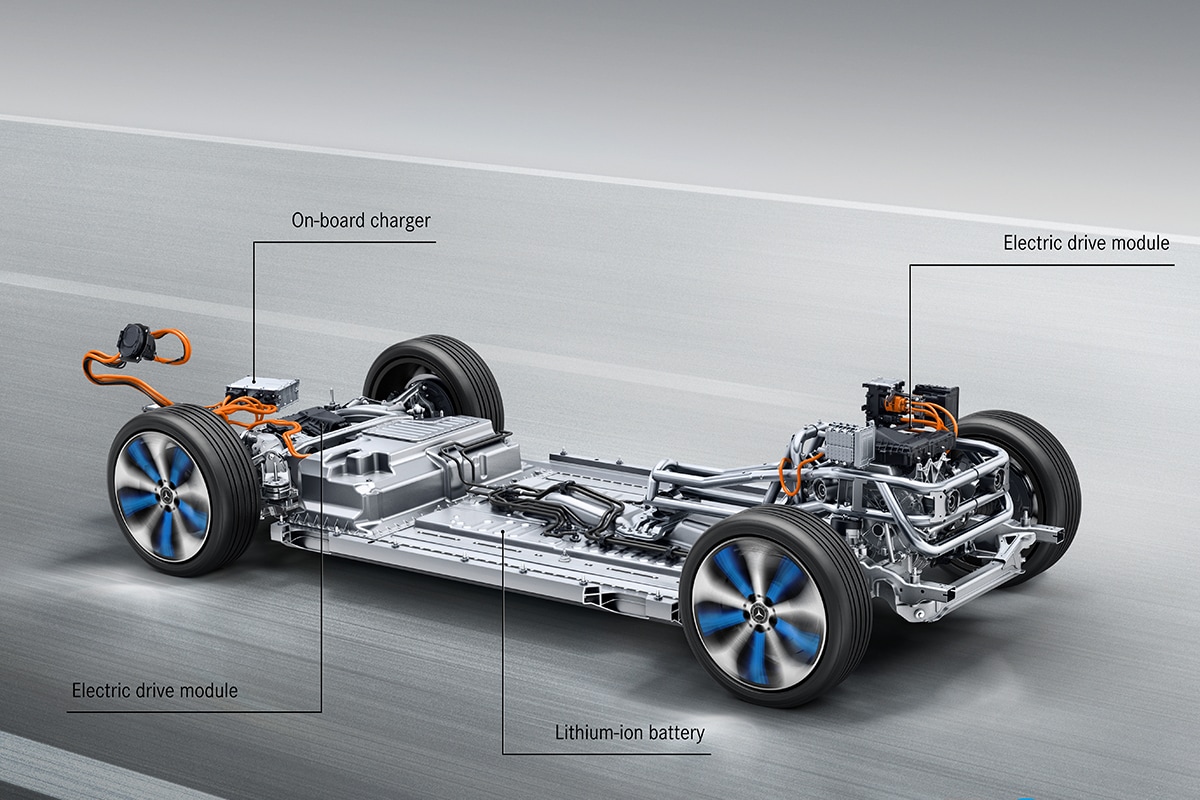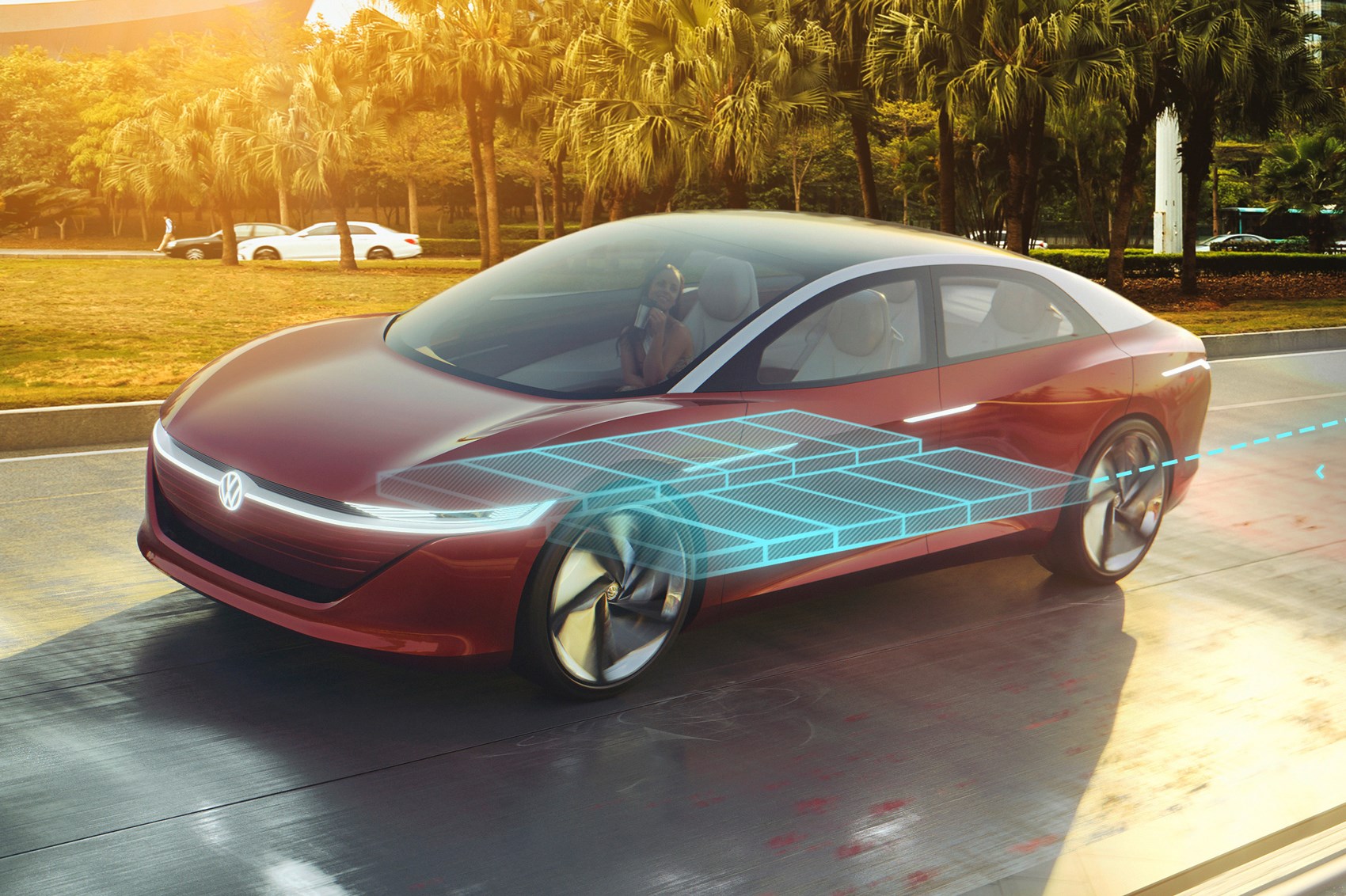From Lead to Lithium: The Electrifying Saga of Car Batteries

by AutoExpert | 10 October, 2023
As lovers of all things automotive, we've been in the front seat, witnessing the remarkable transformation of cars over the decades. Among the most thrilling transitions has been the evolution of electric car batteries, the heart and soul of electric vehicles (EVs). The voyage from humble lead-acid batteries to the modern-day lithium marvels is a riveting tale of human ingenuity, and as we cruise into the era of solid-state batteries, the narrative is far from over. So, strap in as we journey through the electrifying lanes of battery evolution.
The Humble Lead-Acid Beginnings (1880s – 1990s)
Our story begins in the serene times of the late 19th century when the concept of electric cars was birthed. The lead-acid battery was the first companion of these early electric automobiles. Though hefty and with a modest energy storage capacity, they were the pioneering force behind the vision of electric mobility. Did you know the first electric vehicle, Flocken Elektrowagen, dating back to 1888, was powered by a lead-acid battery?

Nickel-Metal Hydride (NiMH) Steps In (1990s – 2000s)
As we rolled into the 90s, a new player entered the arena - the nickel-metal hydride (NiMH) batteries. Offering a higher energy density and a tad more reliability compared to their lead-acid ancestors, NiMH batteries were a breath of fresh air. They found a home in the Toyota Prius, which debuted in 1997, marking the start of the hybrid vehicle era. It's intriguing to note that the Prius' success was a significant nudge, inspiring further advancements in battery technology.

The Lithium-Ion Surge (2000s – 2010s)
With the dawn of the new millennium, lithium-ion batteries made a grand entrance. They were lighter, had a superior energy density, and longer lifespan—a true game-changer for the EV realm. The advent of Tesla’s Roadster in 2008, packing a lithium-ion battery with a whopping range of 245 miles per charge, wasn’t just a milestone for electric cars; it was a bold statement about the boundless potential of lithium-ion batteries.

Venturing into Solid-State and Beyond (2020s Onwards)
As we speed into the 2020s, the automotive horizon is buzzing with the promise of solid-state batteries. These new-age energy stores promise higher energy density, quicker charging times, and enhanced safety features. Imagine a world where a 15-minute charge could fuel your car for a 500-mile journey! That's the kind of potential solid-state technology holds. The excitement doesn't end there; ongoing research in battery recycling and alternative materials like graphene is paving the way for a more sustainable and exhilarating electric vehicle epoch.

Looking back, it's astonishing to see how far we've come from the modest lead-acid battery era. As we stand at the cusp of potentially game-changing solid-state technology, the road ahead is laden with electrifying possibilities. The narrative of electric car batteries is a stirring testament to our relentless quest for better, more sustainable ways to power our beloved automobiles. Here's to the many more exciting chapters awaiting us in the story of electric car battery evolution.

















